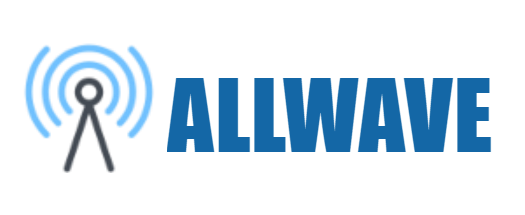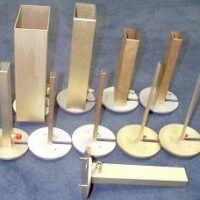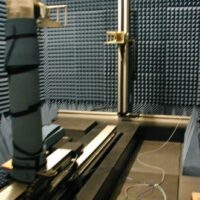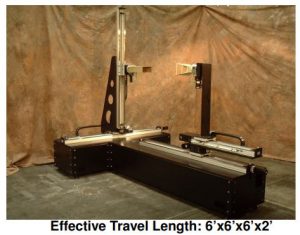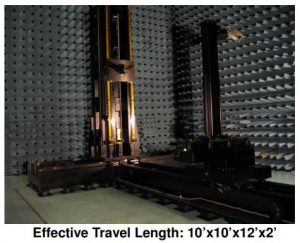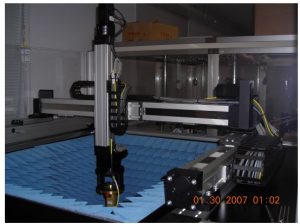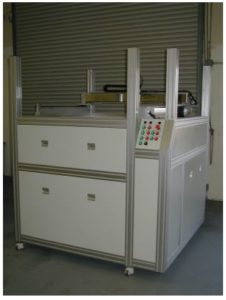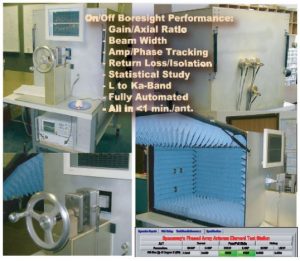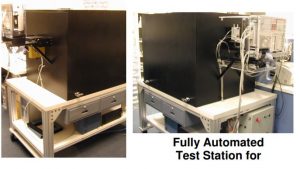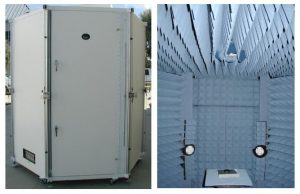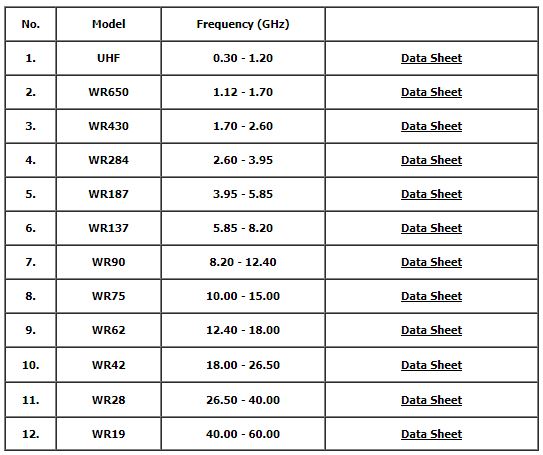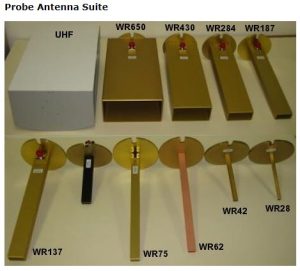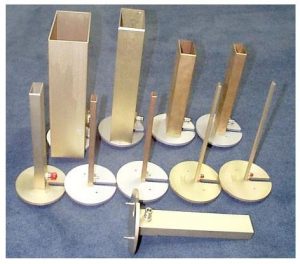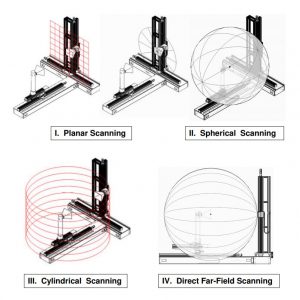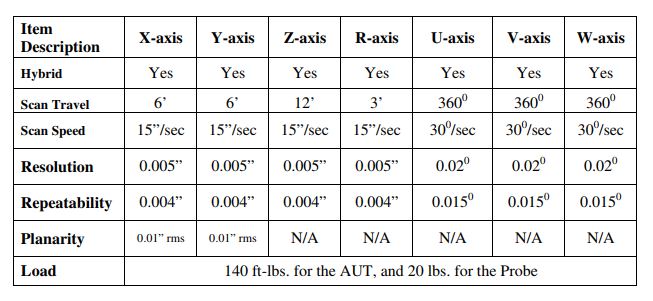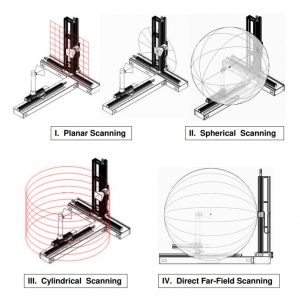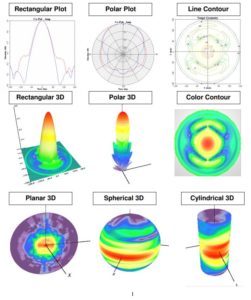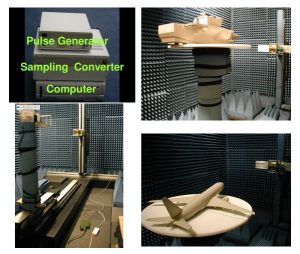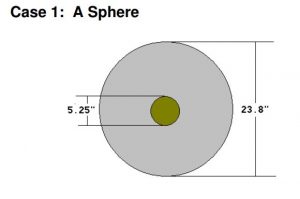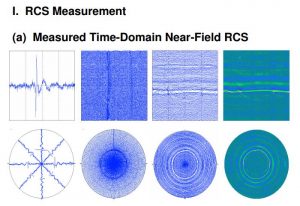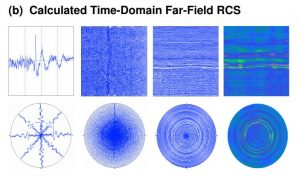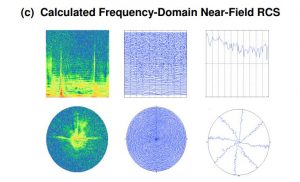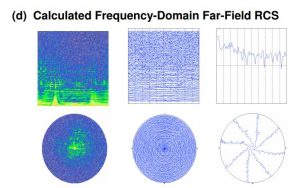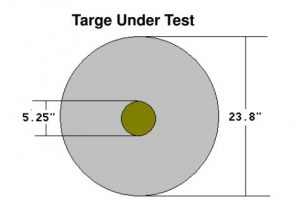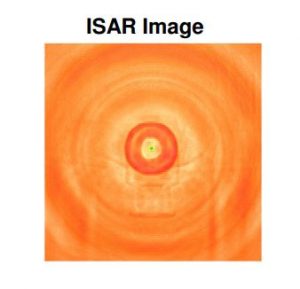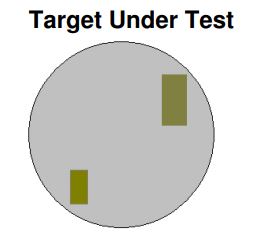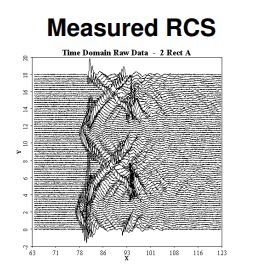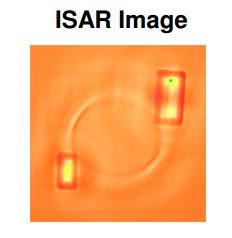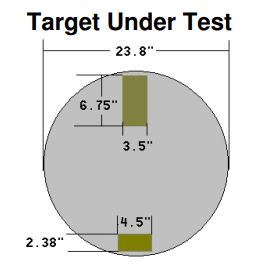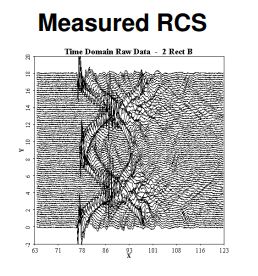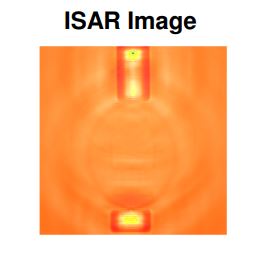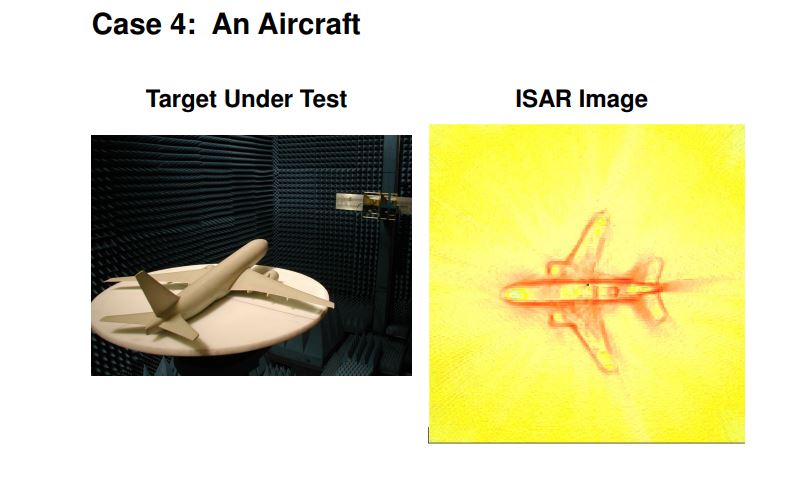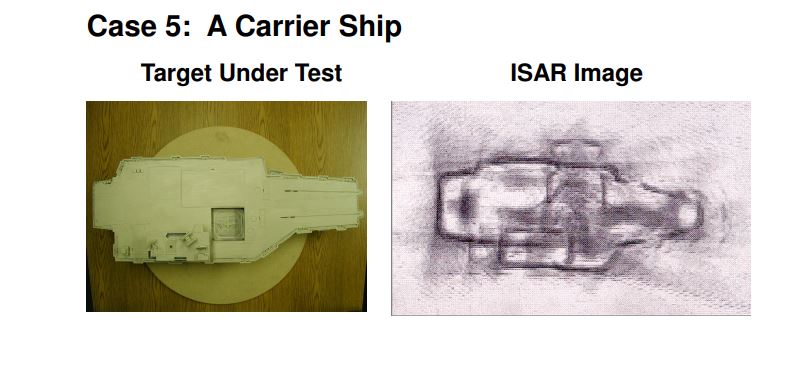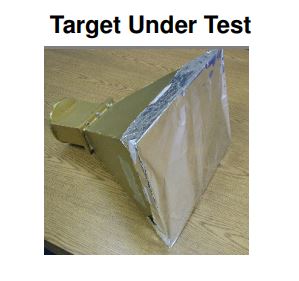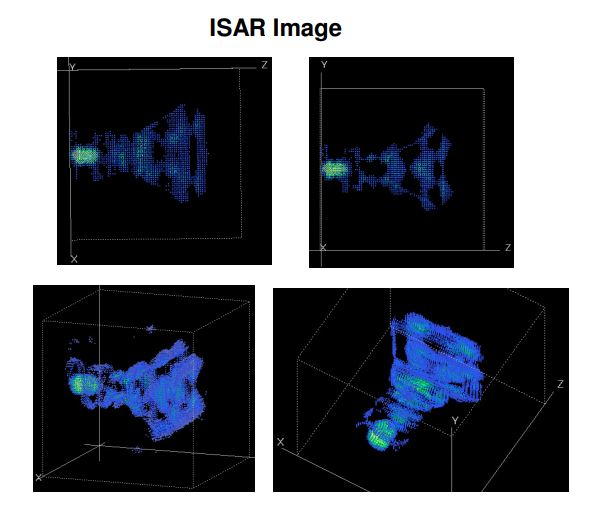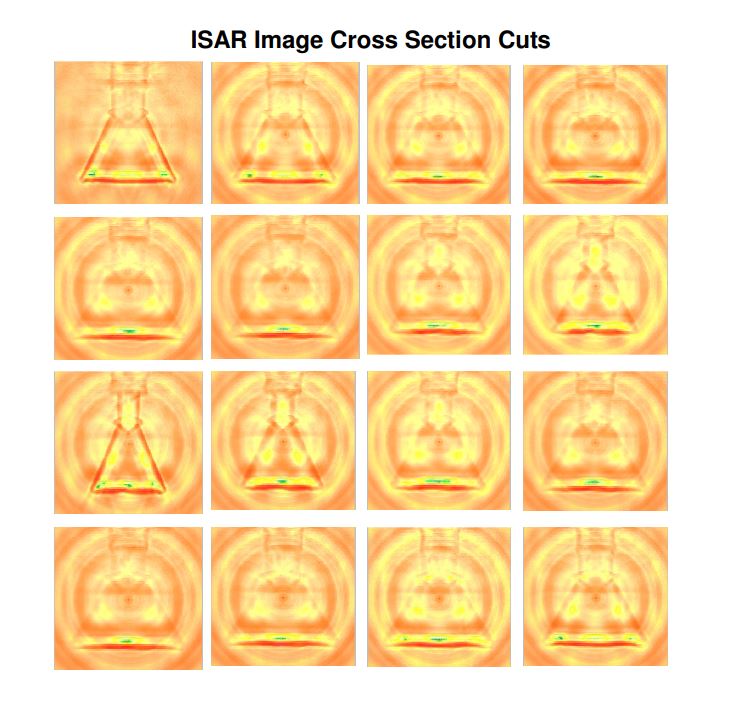The Antenna Testing System is designed for the precise measurement of antenna performance, employing both direct far-field and near-field measurement approaches. Over the past three decades, near-field testing has experienced a significant surge in demand and popularity owing to its superior and versatile nature, offering planar, spherical, and cylindrical measurement methods.
Different types of antennas require specific testing methods to ensure accuracy. Typically, high-gain antennas undergo planar near-field scanning, low-gain antennas are suitable for spherical probing, and fan-beam antennas require cylindrical testing. Therefore, a universal system capable of acquiring planar, spherical, and cylindrical near-field data within the same system becomes indispensable. In 1999, Allwave Corporation pioneered a groundbreaking 7-axis hybrid antenna test system, marking the advent of the first universal system of its kind at that time.
Antenna testing is conventionally a laborious and time-consuming process, often at risk of operational errors that compromise measurement accuracy. Thus, the automation of testing procedures becomes imperative. Allwave Testing Systems effectively address this need by being fully automated with multiple functionalities.
In essence, Allwave’s 7-axis testing system excels in testing all antenna types, ensuring minimal human involvement. This automated system not only provides comprehensive near-field and far-field patterns about the waves but also generates 6-component electric and magnetic fields throughout a three-dimensional space. A single near-field measurement can yield complete and precise information on electromagnetic fields, in all three-dimensional near, intermediate, and far-field regions.
